COMING SOON!
We have a number of big additions coming to both the Classic (career-rated) and Single Season (SSG) versions of the game.
- We are in the process of finalizing the largest intake of players ever added to the Classic player pool. Although predominantly more recent MLB retirees, there will be players added from throughout baseball history, including several Negro Leaguers.
- SSG will see the 1953 and 1954 seasons rerated completely, real splits added for the 1920-23 seasons, and RPDur ratings for the 1920 season updated. In conjunction with these changes, all seasons will have their salaries recalculated as well. The qualitative “before and after” ratings for the 1953 and 1954 seasons can be viewed under Downloads.
- Later this year we will be tackling a comprehensive review and reconciliation of Classic platoon ratings and SSG injury ratings.
GRAND OPEN AND MASTERS TOURNAMENTS ADVANCE TO ROUND 2
The annual Grand Open Tournament – the biggest event on the DMO calendar – is a four-round elimination tournament.
This year’s tournament – GOT XVII – began with 14 leagues (168 teams) in Round 1.
With Round 2 now underway, the field has been cut down to 108 teams (9 leagues), with 79 wins (plus one 78-win team) required to advance.
Topping Round 1, each with 106 wins, were veteran Tim (scherti) Schere (”the Sockmonkeys team in the Denny Doyle League)) and relative newcomer Jon (heiderscheit) Heidersheit (the East Beleriand Bohemians in the Tom Browning League)), with only the Bohemians prevailing in the World Series.
The four-round Masters Tournament is an annual event with a cumulative scoring format. As always, MT 2023 confronts contestants with a variety of challenging league themes.
At the top of the leaderboard as Round 2 gets underway is Thomas (VicSage) Ross, with two-time Masters Champion George Kreiner close behind.
REGISTRATION IS NOW OPEN FOR SEASON 42 OF THE LADDER LEAGUES RANDOM 600 ASSOCIATION
Clockwise from Top L: Pedro Guerrero, Howie Camnitz, Tommy Thevenow, Ace Adams, Jimmy Williams, Frog Redus, Willie Mays, Dave Ferriss, Paul Derringer, Joe Adcock, Bobby Bonds, Nick Etten
Registration is now open for Season 42 of the Ladder Leagues Standard Association.
For those unfamiliar with them, the Ladder Leagues operate similarly to European soccer. At the end of each Ladder Leagues season, the top teams from each league are promoted to higher leagues and the bottom teams are relegated to lower leagues. The promotion and relegation system in the Ladder Leagues ensures competitive leagues with similarly-skilled owners.
RA600 leagues draft manually from random limited pools of 600 players. They are set in the Moneyball Era of Play with or without the DH in alternate seasons. All other league parameters (cap, income, injuries, etc) are standard.
There were five leagues in Season 41, which played with the DH. Season 42 will be played without the DH. Anyone who registers by Sunday evening, May 28, is guaranteed a spot.
Many participants in the RA600 Ladder Leagues say that these are their favorite leagues. Why not give it a try yourself?
SCORING EFFICIENCY!
In the Michael Boyle League, James (Jamiebor) Franckowiak’s Penguins defeated David (davidtodd) Todd’s Doonesbury 13-11, and did so with remarkable efficiency: they scored their 13 runs from just 13 hits and 1 walk, without a single runner left on base (LOB).
A check of Stathead suggests that this is not, in fact, the most runs scored by a team without leaving a single runner on base. A Stathead search attributes that distinction to the New York Giants, who on September 28, 1910, defeated the Cincinnati Reds 16-4. However, in that game the Giants scored their 16 runs on 14 hits, 11 walks and 2 HBP, with just 2 GIDP, and 9 stolen bases (with no indication in the box score of caught stealing, if any). So the 0 LOB for the Giants is almost certainly a data discrepancy, with the Penguins the rightful record holders!
CUSTOM LEAGUES KINGS
Dave LeLacheur shares passion for games, Boston Meet ups and Ex Fielder strategies.
This month Dave (simdobbers2) LeLacheur, creator of the United Baseball League and Through the Ages leagues shares his love of the game and his strategy for sourcing Ex Fielders.
Click here to Read Dave’s Insights
THE TIPPING POINT
 Each month we’ll offer a few tips in this space that may come in handy for the beginner as well as the experienced team owner.
Each month we’ll offer a few tips in this space that may come in handy for the beginner as well as the experienced team owner.
Each month we’ll offer a few tips in this space that may come in handy for the beginner as well as the experienced team owner.
This month we take another dive into the fine points of PTL management and upgrade strategy in the SSG game. (For some past tips on these topics, see the Tipping Points from July 2020, Nov 2020, Sep 2021 and Nov 2021.)
You’d think there wouldn’t be much to add to these past explorations of the topic, but different teams and different situations continually are presenting new considerations and wrinkles. Here are two that seemed worth a mention:
Situation 1:
You’re planning a substantial player upgrade with your next lot of weekly cash…
The release value of the player being upgraded is well above $500,000. After running the numbers, you find that, even if you wait until the day after receiving your weekly payment in order to collect your daily interest payment, and (if you are cashing out future weekly income payments), if you wait until after 3 p.m. PT in order to reduce by one the number of days you are paying interest on the “cash out” loan, you will still come up a few dollars short.
To make up that small shortfall, right after the last game of the week has been played, you can release the player being upgraded and replace him with a minimum salary $500,000 player. (If it’s a starting pitcher you’re upgrading, you might even schedule his last start sooner than the last game of the week, and release him immediately thereafter.) You may find that the interest earned for one (or two) day(s) on the difference covers your shortfall and enables you to replace the $500,000 player with your upgrade target.
Situation 2:
Your SSG team has a limited pool of players to draw on…
This pool of players does not lend itself readily to the two basic rules behind upgrade strategy and PTL:
- Don’t pay for more (expensive) PA or IP than you will need.
- The team/players you end up with should be better than the one(s) you started with.
I’m not big on multi-week loans, as I view the compound interest cost too substantial an impediment to building the best possible team over the course of the season. But there are situations where your available player pool simply dictates otherwise.
If your best and last upgrade target is a stud starting pitcher or middle order batsman with a full season’s PA or IP, then your best strategy may well be to do everything you possibly can (including the Situation 1 maneuver), squeezing every possible PA, IP and $, to get them on board as early as you can.


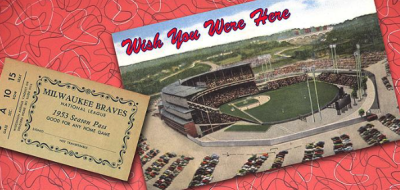
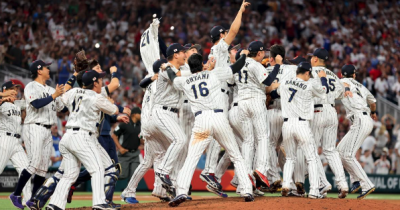
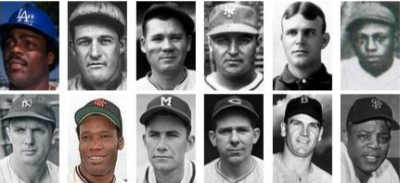
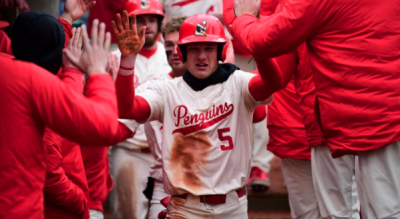
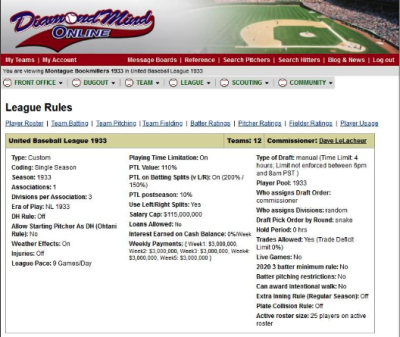


Leave A Comment